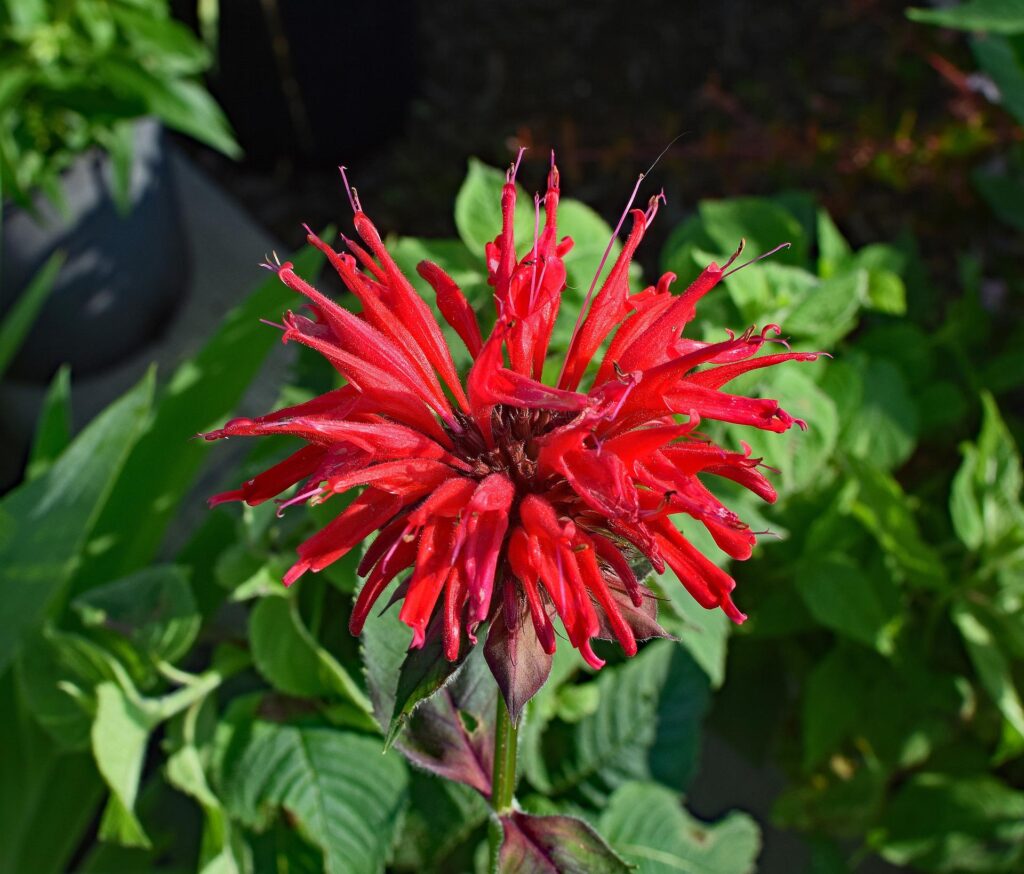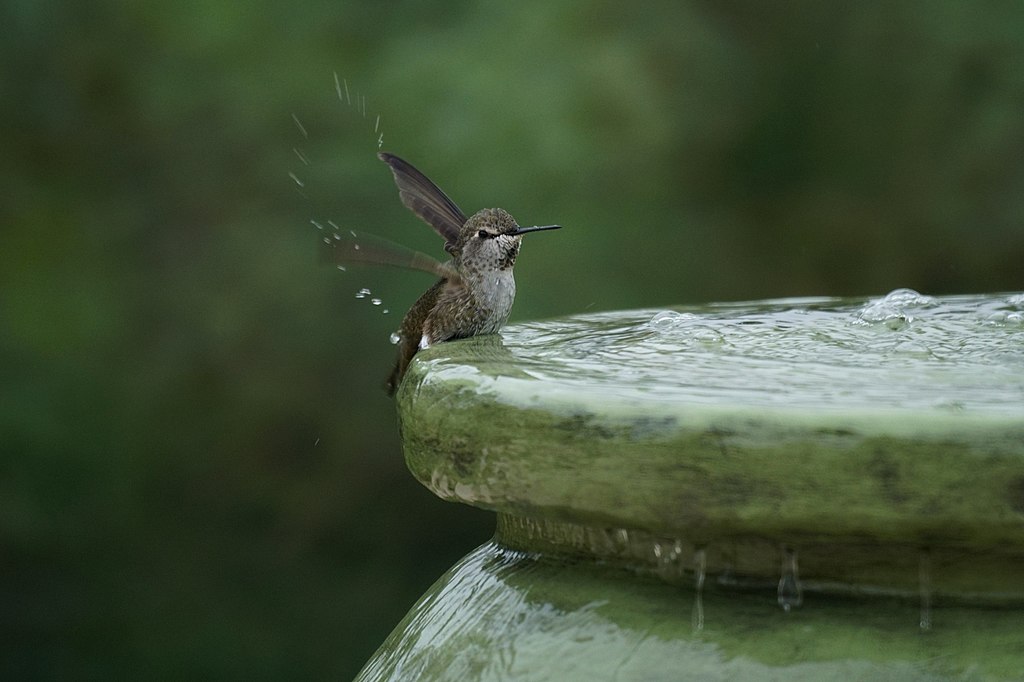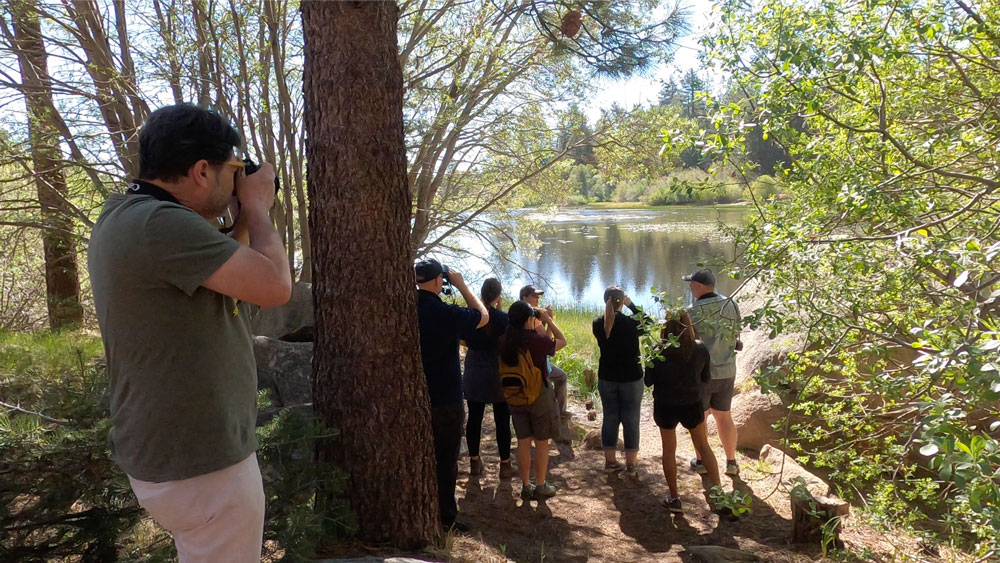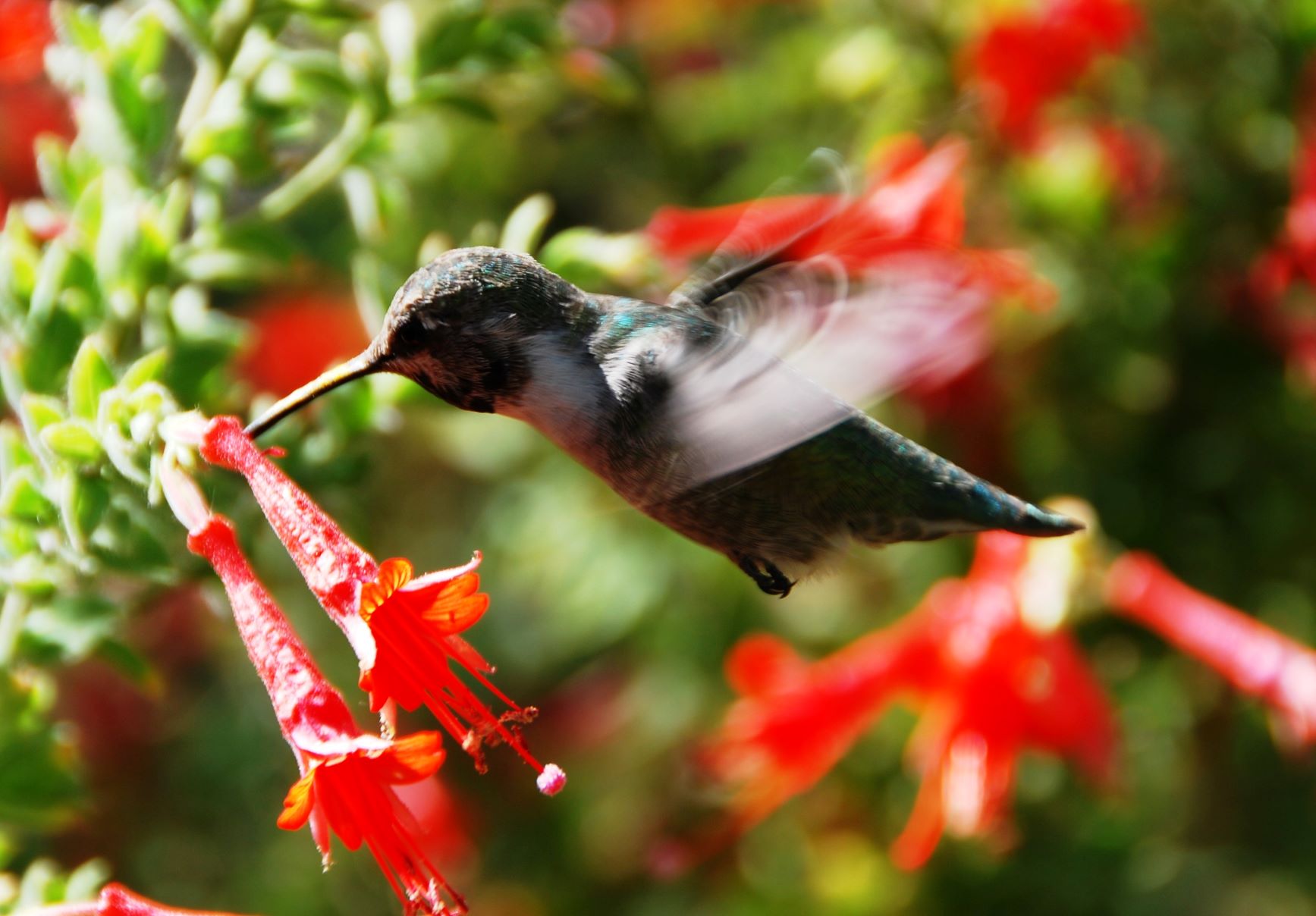A quick, colorful movement flashes past your eyes. It’s a hummingbird! These delightful little pollinators are fun to watch, and easy to attract to your yard if you know a few tricks. One of the best ways to bring hummingbirds to your outdoor space is by planting a hummingbird garden. Not only are hummingbird gardens beautiful, they’re also beneficial for hummers and for our ecosystem. Here’s why and how to plant one.
Why Plant a Hummingbird Garden?

Aside from pure enjoyment for you and your family, the reasons for planting a hummingbird garden are plenty—and important. Hummingbirds are pollinators, a population that’s shrinking by the day due to climate change, habitat loss, pesticide use, and other factors. Losing our pollinators is a big deal. In short, we literally can’t live without them—as 80% of the world’s food and plant crops require pollination to grow. These are also the plants we need to clean our air from carbon dioxide so that we have breathable oxygen. Pollinators are also crucial for wildlife preservation since they’re responsible for maintaining habitats that animals use as food and shelter.
The good news is that there are many relatively simple ways we can support hummingbirds and other pollinators. These include turning your garden or yard into a certified wildlife habitat and planting a hummingbird garden (or both, if you follow the National Wildlife Federation’s garden certification checklist).
Step #1: Pick Native Plants Hummingbirds Love

Hummingbirds and other pollinators are attracted to brightly colored blooms, so be sure to include them (red and orange in particular) in your garden plan. Tubular flowers are also popular choices, as they tend to produce the most nectar. If you live in the Big Bear Valley there are many Southern California-native plants to choose from that hummers love. These include:
- Beardtongue
- Bee balm
- Butterfly bush
- California poppy
- California honeysuckle
- Columbine
- Evening primrose
- Flowering quince
- Fuchsia
- Iris
- Larkspur
- Lupine
- Manzanita bush
- Monkeyflower
- Penstemon
- Pentas
- Red yucca
- Salvia
- Showy milkweed
- Trumpet vine
- Zinnia
Step #2: Put Out Hummingbird Feeders

Though flower nectar is a hummingbird’s main food source, hummingbird feeders are excellent secondary sources. A high-energy bird that must consume 1.5 times their body weight in nectar every day, hummingbirds need all the food sources they can find. After all, these tiny birds travel an average of 30 miles per hour (and some even faster—the Anna’s Hummingbird has an average speed of 60 mph!) They also flap their wings up to 80 times per second, and migrate for 500 miles without a break!
When shopping for a hummingbird feeder, look for one that has multiple ports to feed several hummers at a time. A clear, easy-to-clean and fill feeder is also a must. The Best 1 Hummingbird Feeder is an excellent choice because it ticks all the boxes, and comes with a clear glass reservoir so you can see when it’s time for a refill. You’ll also want to use a clear nectar, as those with red dye may be harmful for feeding birds.
Want more tips? Check out our Ultimate Guide to Hummingbird Feeding!
Step #3: Add a Hummingbird Birdbath

Though hummingbirds get enough water through nectar, they still need water sources for bathing. Placing a birdbath in your new hummingbird garden is a surefire way to attract them, even if they don’t see your vibrant blooms first.
Like other birds, hummingbirds are attracted by moving water, so adding a bubbler or dripper to your birdbath is helpful. Make sure to keep the water shallow (around 1” or less) so that hummingbirds can stand without full immersion. Add a few large rocks and/or sticks for more places to perch. Clean out and refresh the water in your birdbath at least once a week to prevent disease and keep them coming back.
Step #4: Support Hummingbirds During Summer Migration

Summer is the best time to see hummingbirds, as it’s their peak migration period. Some—like the small Calliope Hummingbird—travel more than 5,000 miles at this time! Here are some ways to make your hummingbird garden even more attractive (and beneficial) for migrating hummers.
- Leave fresh fruit out to attract insects. Along with nectar, insects are also a large portion of a hummingbird’s diet. Putting fresh fruit out attracts fruit flies, a hummingbird favorite!
- Keep hummingbird feeders clean and full. Clean your feeders every few days and/or before refilling. Wash them thoroughly with hot water and soap to prevent mold and bacteria. Keep them filled with clear nectar so that migrating hummers can stop and replenish their energy.
- Avoid using chemicals in your hummingbird garden. Maybe it goes without saying, but a garden full of pesticides is a danger to birds. Not only do they destroy the bugs that birds need for food, but they are harmful—and often fatal—for birds. (The use of garden pesticides is linked to a significant decline in the songbird population.)
- Keep cats indoors. While we love our furry friends, cats are considered the number one threat to our wild bird population, as they kill up to 2.4 billion birds every year! Keeping your cats indoors throughout the year helps protect our declining bird population, but is especially important during migration months.
Let Chirp Take You on a Summer Birding Adventure!

Join us for a live bird walk around the beautiful Big Bear Valley. Check out our Activities page for our next outing, or go over to Chirp’s YouTube channel for recorded bird walks you and your family can enjoy from the comfort of your couch. Happy summer birding!


